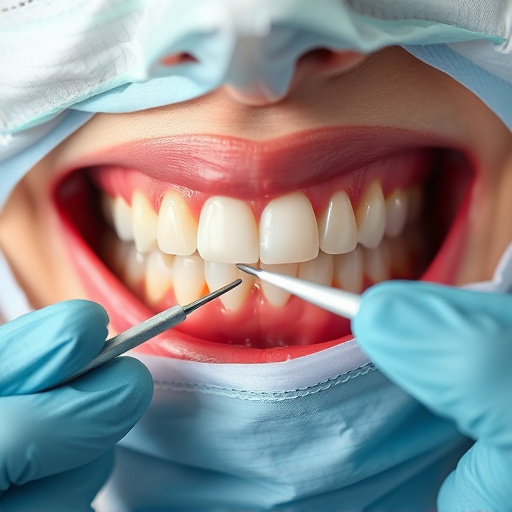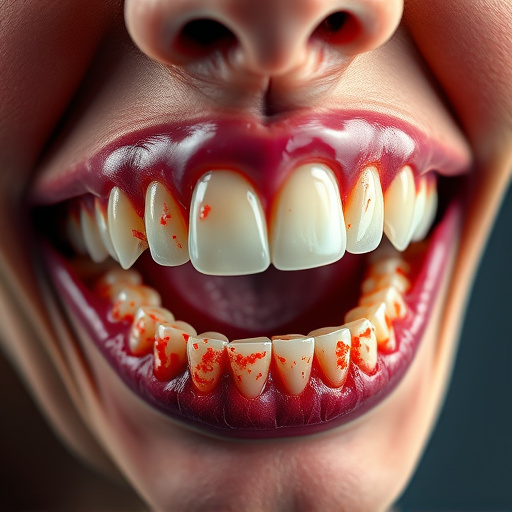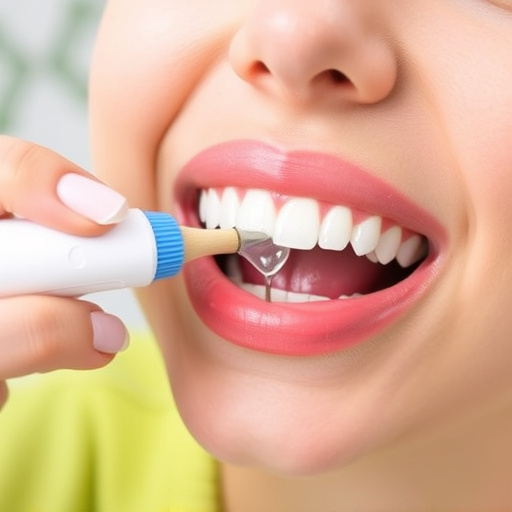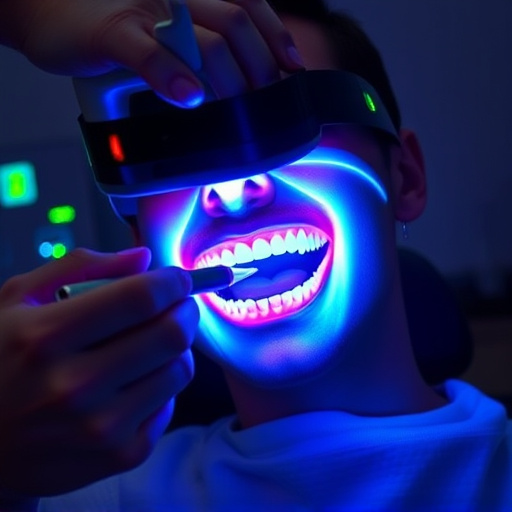IV sedation options in modern dentistry offer safe, effective relief for dental anxiety, with sedatives like midazolam, lorazepam, and propofol catering to varying needs. The choice of drug is personalized based on medical history, procedure duration, and desired calmness level. Conscious sedation suits less invasive treatments, while general anesthesia is indicated for extensive work, aiming for optimal patient comfort during dental procedures.
Overcoming dental anxiety is now easier with advanced IV sedation techniques, offering a safe and effective solution for nervous patients. This article explores how intravenous sedation can transform dental experiences, addressing common fears and ensuring comfort during procedures. We’ll delve into the different types of IV sedative drugs used in dentistry and guide patients through choosing the best option tailored to their needs. Understanding these advanced sedation methods is a step towards a more relaxed and accessible dental care journey.
- Understanding IV Sedation: A Safe and Effective Approach for Dental Anxiety
- The Different Types of IV Sedative Drugs Used in Dentistry
- Choosing the Right IV Sedation Option: Factors to Consider for Patients with Dental Anxiety
Understanding IV Sedation: A Safe and Effective Approach for Dental Anxiety
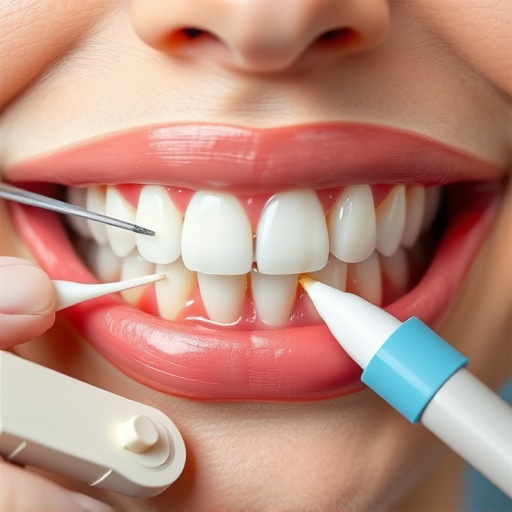
IV sedation offers a safe and effective approach for patients experiencing dental anxiety. This advanced method involves administering medication directly into the bloodstream through an IV, allowing for deeper relaxation and reduced sensitivity during dental procedures. By minimizing fear and discomfort, IV sedation can significantly enhance patient comfort and enable dentists to perform complex treatments with greater ease.
For individuals seeking various IV sedation options, modern dentistry provides several choices. These range from mild sedatives that induce a state of calm to more powerful sedative-anesthetics used for extensive or invasive procedures. Integrating IV sedation into restorative dentistry or cosmetic dentistry practices caters to patients’ needs, ensuring they receive the necessary care while maintaining optimal comfort levels throughout their dental journey.
The Different Types of IV Sedative Drugs Used in Dentistry
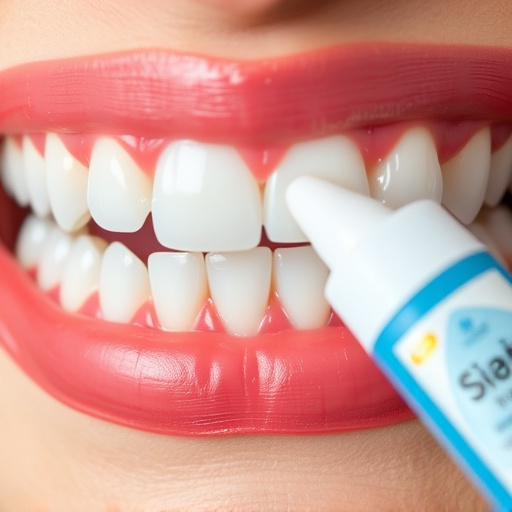
In dentistry, IV sedation options have become increasingly popular for patients experiencing dental anxiety. The most common types of IV sedative drugs used in this context include midazolam, lorazepam, and propofol. Midazolam is a benzodiazepine that acts as a mild sedative, often used for short-procedure anxiolysis. Lorazepam, another benzodiazepine, offers a longer duration of action and is suitable for more extensive treatments. Propofol, an anesthetic agent, is fast-acting and can induce deep sedation, making it ideal for complex procedures like dental implants or tooth repair.
These sedatives are administered intravenously (IV) to ensure quick onset and precise control over the level of consciousness. For example, during a procedure involving dental crowns or intricate tooth repairs, patients might require deeper sedation to remain calm and comfortable. The choice of drug depends on various factors, including the patient’s medical history, the procedure’s length and complexity, and the desired level of relaxation.
Choosing the Right IV Sedation Option: Factors to Consider for Patients with Dental Anxiety

Choosing the right IV sedation option for patients with dental anxiety involves a nuanced understanding of their specific needs and medical history. Factors such as severity of anxiety, patient’s overall health, and the complexity of the planned dental procedure play a crucial role in selecting an appropriate sedative agent and dosage. For instance, patients facing extensive treatments or those with severe phobias might require deeper levels of sedation to ensure comfort and manage potential discomfort.
Family dentistry and general dentistry practices offer various IV sedation options, including conscious sedation and general anesthesia. Conscious sedation is typically used for less invasive procedures, allowing patients to stay alert but feel relaxed. In contrast, general anesthesia is indicated for more extensive interventions, where complete unconsciousness is necessary. Patients should discuss their concerns openly with their dentist during the consultation phase to determine the best IV sedation option aligned with their routine oral exams and overall well-being.
For patients experiencing dental anxiety, IV sedation offers a safe and effective solution to overcome their fear. By understanding the various types of IV sedative drugs and considering individual factors, dentists can help patients choose the best option for a comfortable and stress-free dental experience. Exploring these IV sedation options is a significant step towards improving patient care and addressing dental anxiety.









